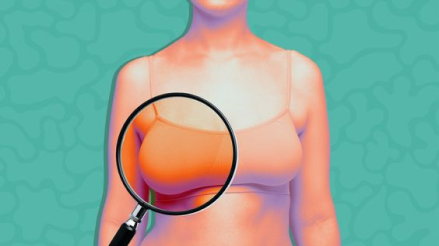You may also like…
Breast Lumps
Breast lumps are abnormal, often palpable masses or growths in the breast tissue. They can vary in size, texture, and location. Breast lumps can be benign (non-cancerous) or malignant (cancerous). Benign lumps are typically caused by factors like cysts, fibroadenomas, or changes in breast tissue. Malignant lumps may be indicative of breast cancer. It's essential for anyone who discovers a breast lump to seek medical evaluation to determine the cause and receive appropriate treatment or monitoring. Regular breast self-exams and clinical breast examinations by healthcare professionals can help detect lumps early.
Notably, less than 10% of women presenting with a breast lump are ultimately diagnosed with breast cancer. Nevertheless, systematic examination and investigations are indispensable to rule out malignancy. Lumps associated with symptoms such as pain or growth warrant surgical intervention.
Cystic Swellings
A breast abscess is a localized collection of pus within the breast tissue, typically occurring in women, especially during or after breastfeeding. It primarily affects women of older age, especially those who are diabetic or smoke. It is often caused by a bacterial infection in the milk ducts, resulting in symptoms such as severe breast pain, redness, swelling, and the formation of a painful lump. Treatment involves drainage of the pus, antibiotics, and sometimes surgical intervention to remove infected tissue. Breast abscesses require medical attention and are usually associated with breast inflammation or mastitis.
Fibroadenoma
Fibroadenoma, a benign tumor, can manifest at any age. When detected in young women, it typically follows a benign course, and if investigative findings confirm its benign nature, observation may be adequate. However, in individuals aged over 30, the possibility of malignant transformation cannot be dismissed, necessitating excision biopsy. Should a benign tumor in a young woman become tender or increase in size, surgical intervention is recommended.
Fibroadenosis in young women may respond to danazol, although the use of the progestogen-only pill, while reducing the incidence of benign breast disease, also heightens the risk of cancer.
Duct Papilloma
Duct papilloma, often responsible for blood-stained discharge, can turn malignant and therefore requires excision following confirmation through cytology, mammography, ultrasound, and ductoscopy.







